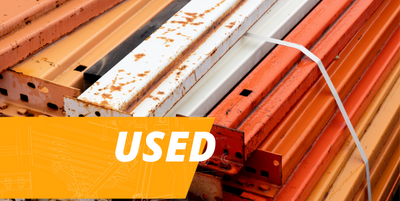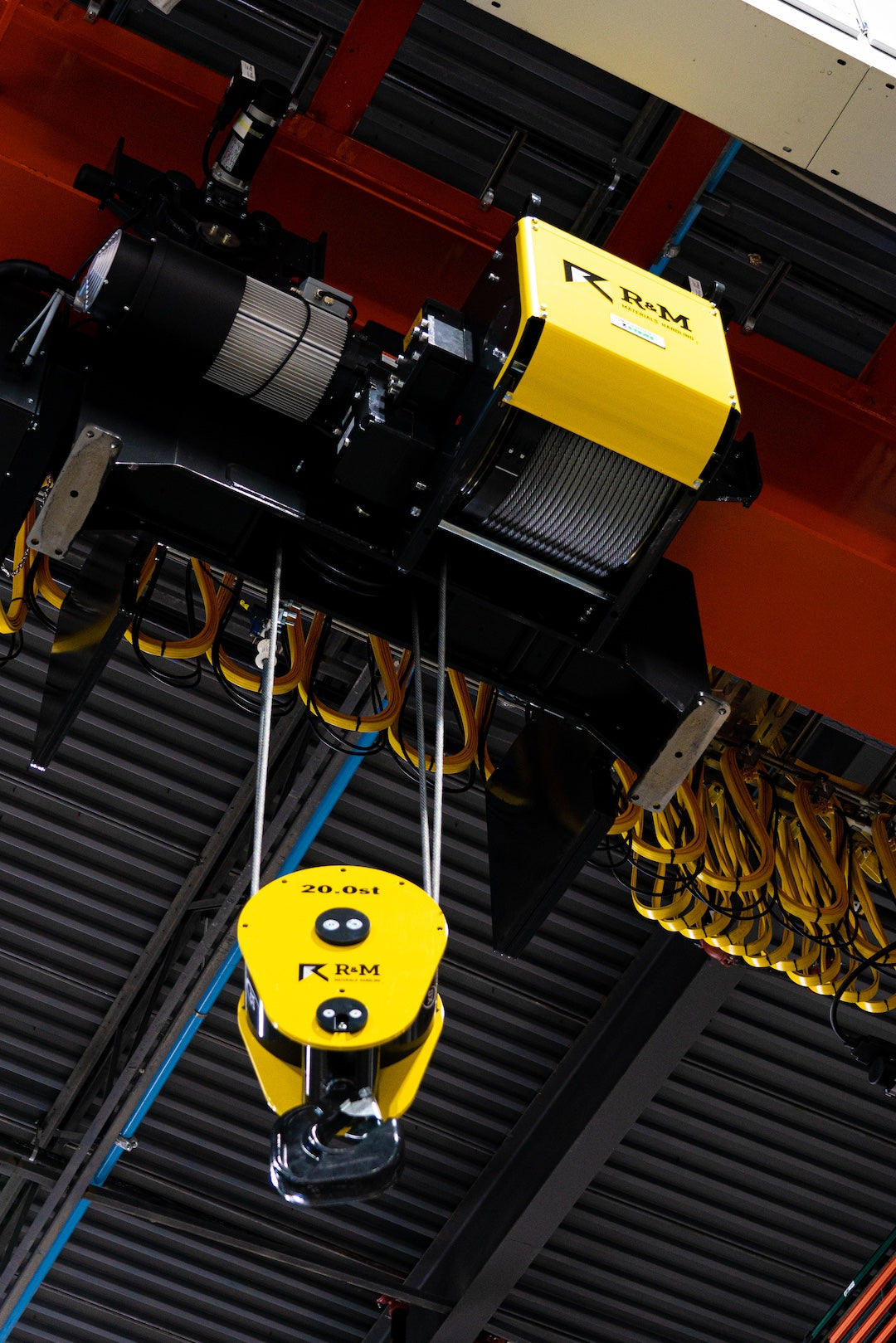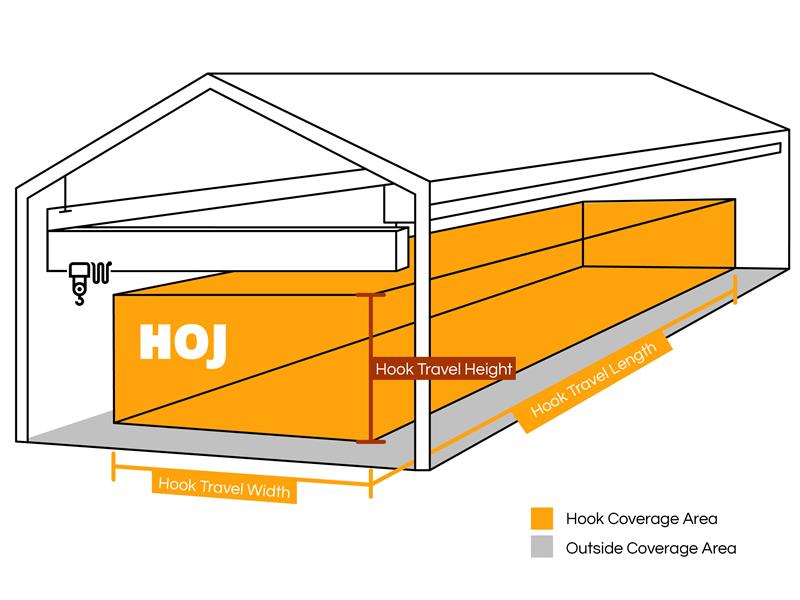Your Cart is Empty

Common Conveyor Issues and How To Fix Them
Conveyor belt issues can bring your entire operation to a halt. It has a massive effect on the entire system, which can prove to be very costly.
There are many things you can do to avoid such a disruption. Preventative maintenance is one of the best investments you can make to lessen your chance of having a complete shutdown. However, no matter how hard you try, you can still run into occasional hiccups. With that, it’s important to understand how to troubleshoot the problem on your own.
Most Common Conveyor Belt Issues:
- Mistracking
- Seized Rollers
- Belt Slippage
- Blockages
Let’s take a look at each of these issues.
Conveyor Belt Mistracking
Conveyor belt tracking refers to the alignment of a belt to keep it on a specific path. When a belt goes out of alignment, it can cause several problems like uneven belt wear, tearing, damaged product, downtime, and even complete system failure.
Mistracking can be identified when a belt drifts from one side to another. This typically happens when the belt starts slipping, which means your system has shifted out of alignment.
Keeping a close watch for signs of mistracking can help prevent more significant issues. Look for frayed edges, bent or crooked frames, tension of the rollers, improper belt manufacture cutting, and overall cleanliness of the system.
Seized Rollers
With traditional conveyor systems, belts travel over a series of rollers. It would be an understatement to say that these rollers play a crucial “roll” in maintaining an efficient system. If a roller becomes unresponsive or stuck, it adds extra strain on the neighboring rollers. If this problem persists, it can become a chain reaction leading to additional wear on the belt and other areas. If left unchecked, your entire system will eventually fail.
Fixing the issue early on is relatively straightforward. Simply remove the seized roller and replace it with a new one. It’s always advised to keep additional roller replacements on hand to eliminate downtime. Always inspect the surrounding rollers when replacing the damaged ones. It’s not uncommon to replace a few all at one time.
Conveyor Belt Slippage
Conveyor belt slippage occurs when the tension is too tight or too loose. This can result in stretching and unwanted wear on the belt, which can cause loud and annoying noises. Tension needs to be properly calibrated to avoid this common problem. If the tension is too tight, it can put too much strain on the rollers. If it’s too loose, the belt will start to fray, move from side to side, and begin to weaken. This can lead to serious damage, such as a belt snapping like a rubber band.
Regularly check the tension specifications of your conveyor system. This practice ensures everything is up to standard and can prevent future mishaps.
To avoid future problems, don’t overload the conveyor system. Putting too much weight on the belt and rollers can cause the belt to slip. Check the system’s weight limits and stay within that range.
In low-temperature environments, belts won’t naturally adhere to the rollers easily the way they do in hotter settings. So make sure the belt you have is rated for lower temperatures.
Blockages
Blockages commonly occur when the conveyor speed is not calibrated correctly. Improper calibration causes bottlenecks in your operation. This happens when your employees or other systems can’t respond fast enough to the amount of product being moved along a conveyor line. If this occurs, you need to look at the entire production line to determine where this problem occurs. It may be time to adjust how you space out your products by changing the speed setting in certain areas.
Blockages can also occur if a specific area snags a product and prevents it from moving down the conveyor properly. When this happens, other products traveling behind it can potentially stack up, causing the entire system to jam.
Carefully inspect your conveyor for any sharp edges or corners that would snag items along the way.
How To Maintain Your Conveyor System
Watch this video for tips on how to properly inspect and maintain your conveyor system
Aside from doing a routine check of your entire system, it is customary to remove dust and dirt buildup. Carefully inspect the rollers, belts, and other components from side to side. Look for any areas that have excess residue and remove it.
Make it a habit to clean your system regularly. You will avoid more significant buildup, which is one of the leading causes of mistracking, belt alignment problems, and blockages.
Along with keeping your system clean, always check for frame alignment. Keeping your conveyor frames level and secure will guarantee proper performance. Because the rollers are spinning at a high rate, it’s common to have vibration. This can cause hardware to become loose over time. Check for looseness in all areas of your system, including any loose bolts, rollers, and frames.
Conclusion
Keeping everything functioning properly will lessen the chances of having a complete system shutdown. Sticking to a routine schedule is always a good idea, especially when you’re dealing with larger conveyor systems.
If you’re experiencing any of the issues we mentioned, please reach out to us today. Our team of experienced conveyor maintenance experts is here to get you up and running. We also have one of the largest selections of conveyor parts from the top brands in the industry.








